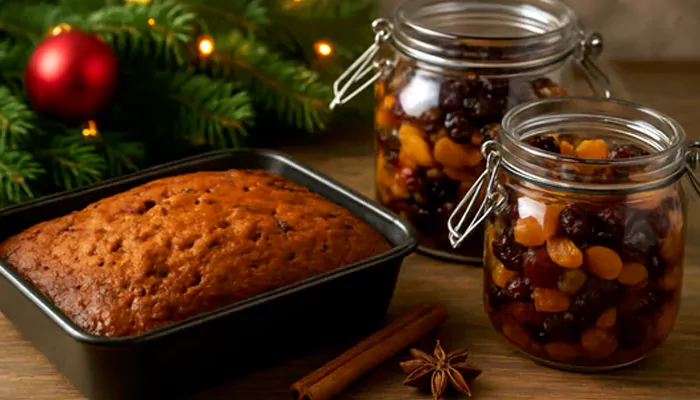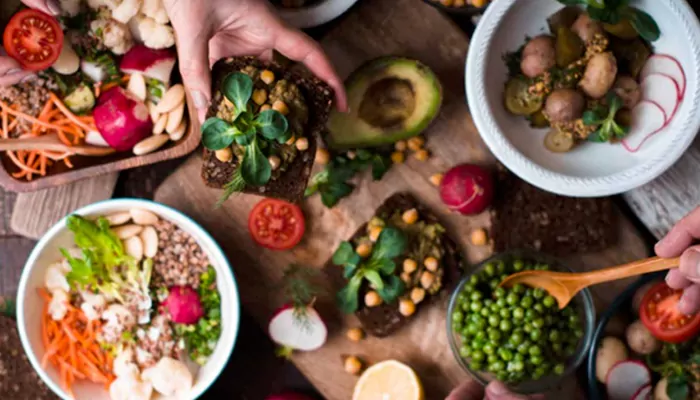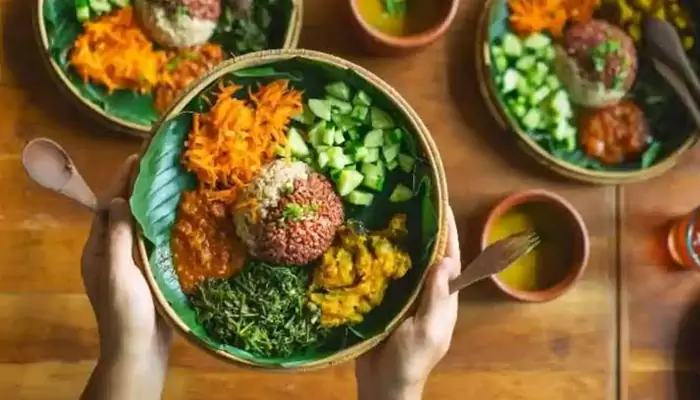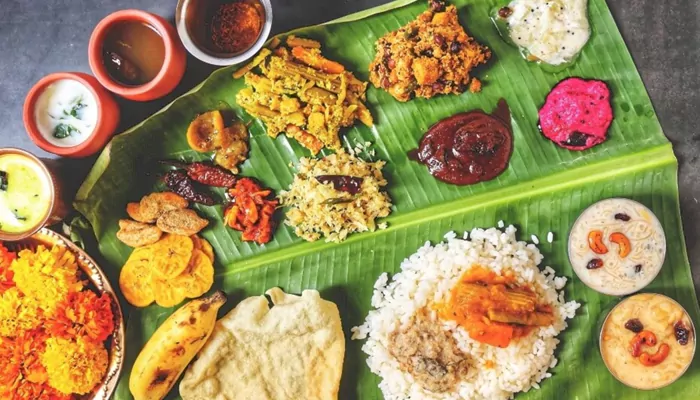
Add pasta in sauce, not the other way around – and other tips
Mastering the art of cooking pasta involves more than just boiling water and tossing in some noodles. It's about understanding the nuances of pasta preparation, from properly seasoning the water to selecting the right pasta shape for your sauce. By following a few simple yet essential tips, you can elevate your pasta dishes from ordinary to extraordinary.
Stir constantly during cooking
Stir pasta constantly during the first few minutes of cooking to prevent clumping. This helps the pasta cook evenly and prevents it from sticking together.
Master the bloom
When crafting a sauce with ingredients like garlic or red pepper flakes, don't just toss them in. Start by sautéing them in olive oil until fragrant. This infuses the flavor throughout the dish, enhancing every bite.
Pull the pasta before it's al dente
Aim for slightly chewy pasta, but drain it before it reaches al dente. This allows for simmering the pasta and sauce together in a pan later, ensuring better flavor absorption. Always have a colander ready in the sink for quick draining.

Simmer your sauce with the pasta
Combine noodles and sauce in a pan, not a pot or serving bowl. Heating them together melds flavors seamlessly, creating a flavorful whole. Even with jarred sauce, heating it in a pan and adding cooked pasta directly elevates the dish.
Don't toss the pasta water—and pay attention to saltiness
Reserve some pasta water to add to the sauce. The starch in the water binds the sauce and pasta, creating a cohesive dish and allows them to better coat the pasta. Adjust the amount based on the saltiness of your sauce to avoid overpowering flavors.
Tools are your best friend
Simple kitchen tools are key. Keep pasta moving with chopsticks to prevent clumping and ensure even cooking. A rubber spatula and large metal spoon help incorporate sauce and noodles effectively during simmering.
Know which pasta to choose for which sauce
Different sauces pair better with specific pasta shapes. Long pastas like spaghetti work well with thin sauces, while tube pastas like penne are ideal for hearty sauces with meat or vegetables.

Taste test your pasta
Ignore the cooking times on the packaging and taste the pasta instead. You want it to be tender yet slightly firm (al dente). This method ensures perfect pasta texture every time.
Know that oil does nothing while boiling pasta
Adding oil to pasta water prevents the sauce from clinging to the pasta. It's unnecessary and can hinder the flavor and texture of the dish.
Reserve pasta water for sauces
Save some pasta water to add to your sauce. The starch in the water helps thicken sauces and allows them to better coat the pasta.
Strain immediately after cooking
Strain pasta as soon as it's done cooking to prevent overcooking. Leaving it in hot water off the heat can lead to mushy pasta.
Avoid rinsing unless necessary
Rinsing pasta removes starch, which is needed to help sauce cling to it. Only rinse if making pasta salad or stir-fry.
Prevent stickiness with oil
Toss cooked pasta in olive oil to prevent it from sticking together if not using immediately. This step is unnecessary if using the pasta right away.
Add Pasta to Sauce, Not Vice Versa
Combine pasta and sauce in a pan over low heat to allow them to meld together. This ensures the sauce fully coats the pasta for optimal flavor.











